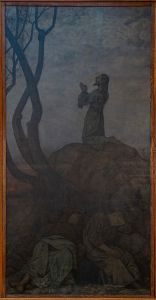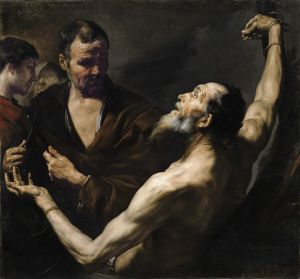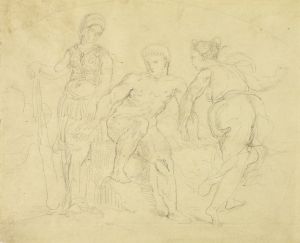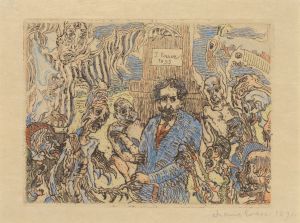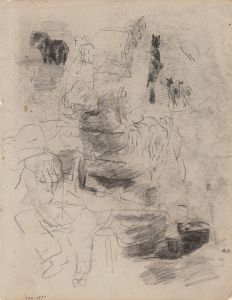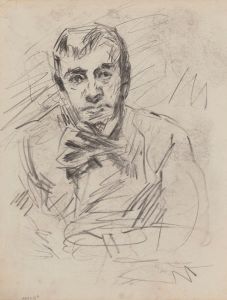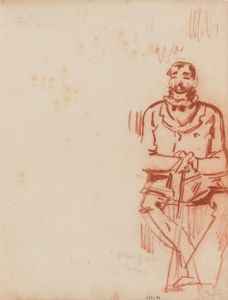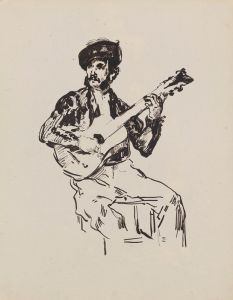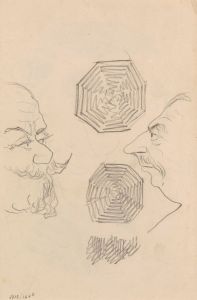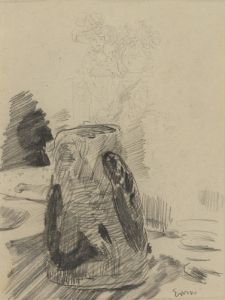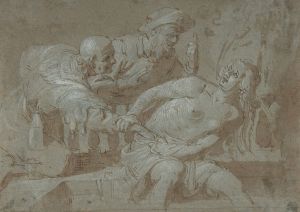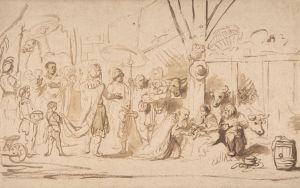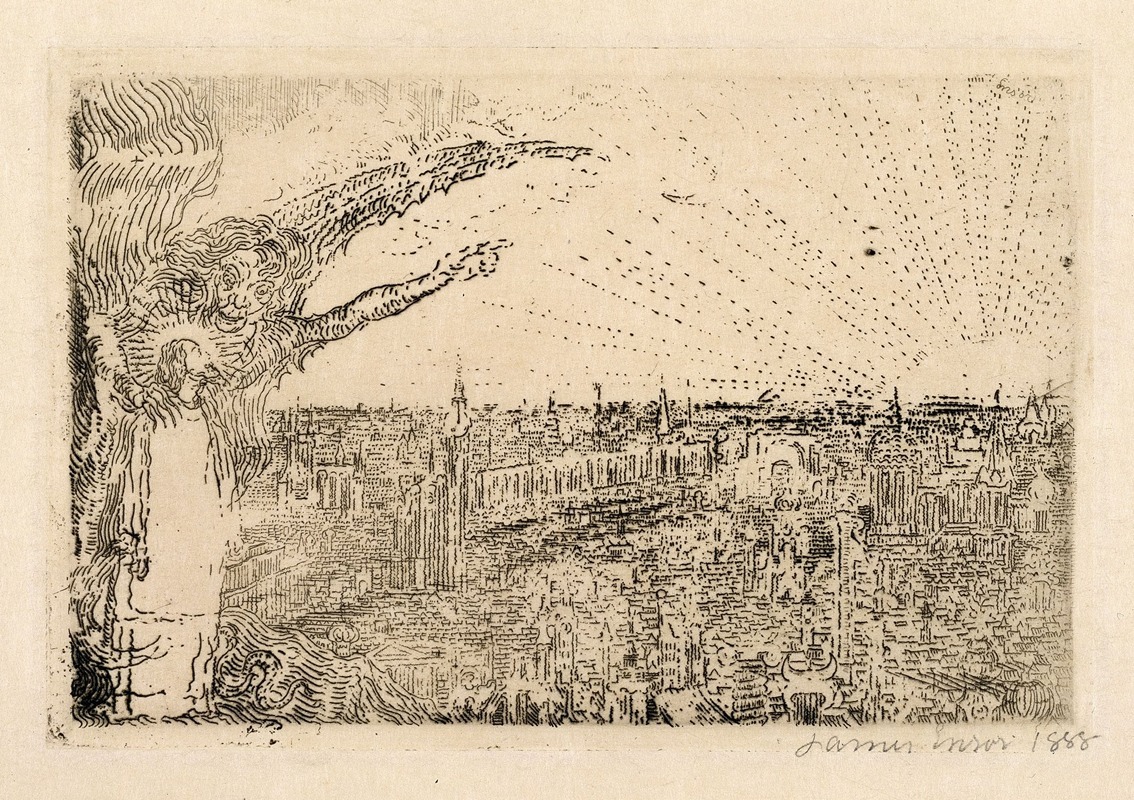
The Temptation of Christ
A hand-painted replica of James Ensor’s masterpiece The Temptation of Christ, meticulously crafted by professional artists to capture the true essence of the original. Each piece is created with museum-quality canvas and rare mineral pigments, carefully painted by experienced artists with delicate brushstrokes and rich, layered colors to perfectly recreate the texture of the original artwork. Unlike machine-printed reproductions, this hand-painted version brings the painting to life, infused with the artist’s emotions and skill in every stroke. Whether for personal collection or home decoration, it instantly elevates the artistic atmosphere of any space.
James Ensor, a prominent Belgian painter and printmaker, is known for his unique and often provocative works that blend elements of symbolism and expressionism. One of his notable paintings is "The Temptation of Christ," which exemplifies his distinctive style and thematic interests. Ensor was born in 1860 in Ostend, Belgium, and spent much of his life there, drawing inspiration from the coastal town's vibrant atmosphere and his own introspective nature.
"The Temptation of Christ" by James Ensor is a significant work that reflects his fascination with religious themes and his ability to infuse them with a sense of the grotesque and the fantastical. Ensor often explored religious subjects, not necessarily from a devout perspective, but rather as a means to critique societal norms and human folly. His approach to these themes was influenced by his interest in the absurd and the macabre, which is evident in many of his works.
In "The Temptation of Christ," Ensor presents a scene that is both chaotic and richly detailed. The painting depicts the biblical narrative of Christ being tempted by Satan, a story that has been a popular subject in art history. However, Ensor's interpretation is unique in its execution. The composition is crowded with figures and symbols, creating a sense of overwhelming temptation and confusion. Ensor's use of vibrant colors and distorted forms adds to the painting's intensity and emotional impact.
Ensor's style in this painting is characterized by his bold use of color and his penchant for caricature-like figures. The figures in "The Temptation of Christ" are exaggerated and often grotesque, reflecting Ensor's interest in the human condition and the darker aspects of human nature. This approach aligns with the broader Symbolist movement, which sought to express ideas and emotions through symbolic imagery and unconventional techniques.
The painting also reflects Ensor's critical view of society and its institutions. By choosing a religious subject and infusing it with elements of satire and absurdity, Ensor challenges the viewer to reconsider traditional interpretations of religious narratives. His work often includes a critique of the hypocrisy and moral shortcomings he perceived in society, and "The Temptation of Christ" is no exception.
Ensor's influence on modern art is significant, as his work prefigured many aspects of 20th-century art movements, including expressionism and surrealism. His ability to blend humor, critique, and vivid imagery has left a lasting impact on the art world. "The Temptation of Christ" is a testament to his innovative spirit and his willingness to push the boundaries of traditional art.
Overall, James Ensor's "The Temptation of Christ" is a compelling example of his artistic vision and his ability to convey complex themes through a unique and often unsettling visual language. The painting remains an important work in the study of Ensor's oeuvre and continues to be appreciated for its boldness and originality.





